Difference between revisions of "Wet blue"
(Created page with "<p align=center> 300px </p> '''Wet Blue''' bezeichnet feuchtes chromgegerbtes Leder. In dieser Phase ist das Leder fertig ...") |
|||
| (9 intermediate revisions by one user not shown) | |||
| Line 4: | Line 4: | ||
| − | + | Wet Blue refers to moist [[Chrome tanned|chrome-tanned leather]]. In this phase, the leather is tanned, but neither [[Drying leather|dried]], [[leather colour|dyed]] nor [[finish|finished]]. The bluish colouring is produced by the [[tannins|chrome tanning agent (Chromium (III) oxide)]], which is blue and is contained in the leather after [[tanning leather|tanning]]. | |
| − | + | Wet Blue must be stored at a moisture content of around 60%. It can then be kept for up to 6 months and is traded in this condition worldwide. The transport of Wet Blue as a traded semi-finished product requires treatment with preservatives (biocides) to prevent microbial infestation during the sometimes long transport and storage times. Currently, only biocides that are largely harmless from a toxicological point of view and approved in accordance with the EU Biocidal Products Regulation 528/2012 are used as preservatives. If wet blue becomes too dry, it can become stained or have negative properties in the [[Leather production|subsequent work steps]], which reduces the processing options of the wet blue. | |
| + | |||
| + | Nowadays leather is [[leather colour#Dyed leather|dyed through]] in multiple colours but the dyes have no opacity. In the case of bright leathers, the reverse of the [[finish|finished leather]] retains the blueish colour of the chrome tanning agents. During retanning, the leather is bleached so that light colours can be achieved with better dying. | ||
| Line 12: | Line 14: | ||
[[bild:Wet-Blue-01.jpg|500px]] | [[bild:Wet-Blue-01.jpg|500px]] | ||
</p> | </p> | ||
| − | |||
<p align=center> | <p align=center> | ||
[[bild:Wet-Blue-06.jpg|250px]] | [[bild:Wet-Blue-06.jpg|250px]] | ||
[[bild:Wetblue-03.jpg|250px]] | [[bild:Wetblue-03.jpg|250px]] | ||
</p> | </p> | ||
| − | |||
| − | |||
<p align=center> | <p align=center> | ||
| − | [[bild:Wet-Blue-04.jpg| | + | [[bild:Wet-Blue-04.jpg|500px]] |
| − | + | ||
| − | + | ||
</p> | </p> | ||
<p align=center> | <p align=center> | ||
| − | + | [[bild:Wet-Blue-05.jpg|250px]] | |
| + | [[bild:wet-blue.jpg|250px]] | ||
| + | </p> | ||
| + | <p align=center> | ||
| + | ''Wet-Blue - The [[tannins|chrome tanning agent (Chromium (III) oxide)]] colours the leather slightly bluish. [[Drying leather|Dried]] wet blue = [[crust leather]].''<br> | ||
| + | </p> | ||
<p> </p> | <p> </p> | ||
| − | + | Wet Blue are sold worldwide by [[Measures and weights|size or by weight]] (taking into account the moisture contained). The [[leather quality|quality classification]] also influences the pricing. | |
| − | == | + | == [[Leather videos|Video]] about [[leather production]]== |
| − | + | ||
| − | + | ||
| − | + | ||
| − | + | ||
| − | + | ||
<p align=center> | <p align=center> | ||
| − | <flashow> | + | <flashow>//www.youtube.com/v/-qn5R8dKcss&fs=1&color1=0x660000&color2=0x550000&border=1|width=500|height=281,25</flashow></p> |
| − | </p> | + | |
<p align=center> | <p align=center> | ||
| − | '' | + | ''The [[leather production]] in a modern [[tannery]].'' |
</p> | </p> | ||
| + | |||
| + | |||
| + | == Additional information == | ||
| + | * [[Wet white]] | ||
| + | * [[Olive leather|Wet green]] | ||
| + | * [[Chrome tanned|Chrome tanning]] | ||
| + | * [[Crust leather]] | ||
Latest revision as of 17:36, 16 January 2023
Wet Blue refers to moist chrome-tanned leather. In this phase, the leather is tanned, but neither dried, dyed nor finished. The bluish colouring is produced by the chrome tanning agent (Chromium (III) oxide), which is blue and is contained in the leather after tanning.
Wet Blue must be stored at a moisture content of around 60%. It can then be kept for up to 6 months and is traded in this condition worldwide. The transport of Wet Blue as a traded semi-finished product requires treatment with preservatives (biocides) to prevent microbial infestation during the sometimes long transport and storage times. Currently, only biocides that are largely harmless from a toxicological point of view and approved in accordance with the EU Biocidal Products Regulation 528/2012 are used as preservatives. If wet blue becomes too dry, it can become stained or have negative properties in the subsequent work steps, which reduces the processing options of the wet blue.
Nowadays leather is dyed through in multiple colours but the dyes have no opacity. In the case of bright leathers, the reverse of the finished leather retains the blueish colour of the chrome tanning agents. During retanning, the leather is bleached so that light colours can be achieved with better dying.
Wet-Blue - The chrome tanning agent (Chromium (III) oxide) colours the leather slightly bluish. Dried wet blue = crust leather.
Wet Blue are sold worldwide by size or by weight (taking into account the moisture contained). The quality classification also influences the pricing.
Video about leather production
The leather production in a modern tannery.
Additional information







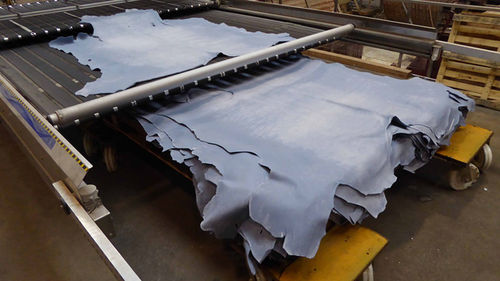
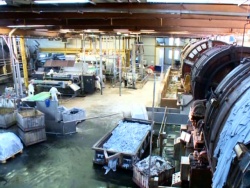
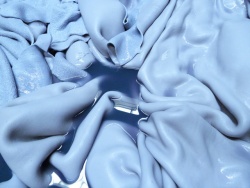
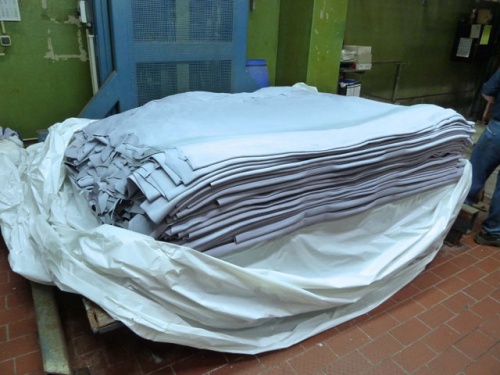
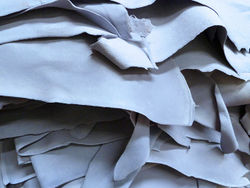
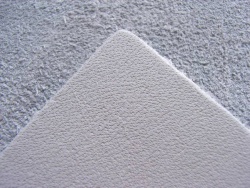

 a kotori web solution
a kotori web solution